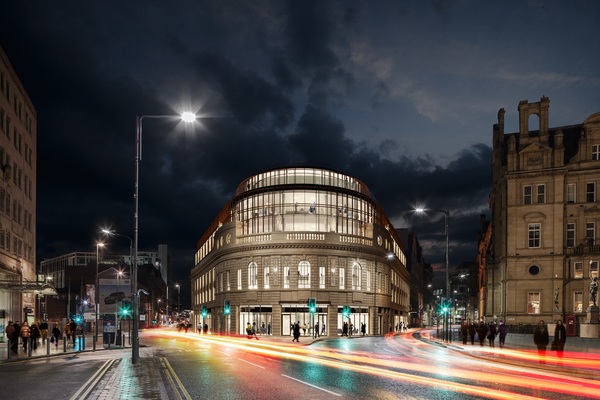Comment
Top 5 tips for securing listed building consent for workspaces
As demand for co-working and collaborative workspace continues to grow and people expect more from their work environment, Turley’s Heritage team is regularly advising on the adaptation and upgrading of listed buildings to meet these trends.
What we hear from our clients is that they want flexible and contemporary space that celebrates the building’s distinctive historic features that add character and authenticity to their brand.
At the same time, we know conservation officers are often concerned that the regular refurbishment of listed buildings to adapt to new working patterns and design trends can erode their historic character and fail to resonate with the building’s unique heritage.

With this in mind, we asked Senior Heritage Consultant Kerrie Melrose for her top five tips for securing listed building consent for workspaces:
- Base your proposals on proportionate research and an understanding of the architectural and decorative styles of the relevant period for the building[1]. That doesn’t mean you have to take a historicist approach, but a strong evidence base will help to demonstrate how the proposals are informed by the significance of the listed building.
- Engage with the local conservation officer early in the design process. The listed building consent process is managed locally (although Historic England will be consulted on works to Grade I or Grade II* listed buildings and certain works to Grade II listed buildings) and understanding the conservation officer’s views will help inform the design process, submission preparation and programme management.
- Think about what benefits the scheme can bring; including heritage benefits and any wider public benefits. Does improved technology mean older equipment will be replaced by smaller, modern units and reduce clutter and/or space required for plant? Are there opportunities to reveal and restore features which will enhance the character of the space as well as appealing to prospective users?
- Allow for negotiation and the preparation of detailed submission documents in your timescales and contingencies. Listed building consent applications can be complex and the exact requirements will depend on the building, the local authority and the proposals.
- Consider a Listed Building Heritage Partnership Agreement (HPA). If you anticipate continued, repetitive works then a HPA may be worthwhile considering depending on the size and nature of the listed building. HPAs can be an efficient way to manage such works by allowing the owner of a listed building to agree routine and regular works with the local planning authority and reduce the occasions when listed building consent is required.
Kerrie will be attending Bisnow’s State of the Market event on Tuesday 15 May where key issues relating to business space will be discussed. If you are attending the event and would like to have a chat, please contact Kerrie.
To find out more about the event please click here.
For further information on how we can help with the adaptation and upgrading of listed buildings for working space contact the Turley Heritage Team.
10 May 2018
[1]Paragraph 128 of the National Planning Policy Framework (NPPF) requires an applicant to describe the significance of any heritage assets affected.
